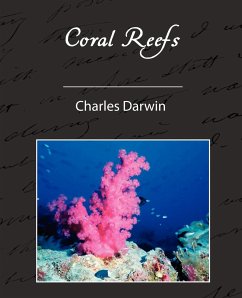"In the eighteenth and nineteenth centuries, coral specimens featured prominently in cabinets of curiosity, and in literary work by writers from Herman Melville to Lydia Huntley Sigourney. Children sang of coral in popular songs. Women, both free and enslaved, wore coral beads. Reef samples drew crowds to galleries and museums. And coral's unique qualities as animal, vegetable, and mineral inspired countless Americans to praise the "coral insect" for creating what one author called "the most wonder-provoking of all natural objects." In this account of coral's history as material and metaphor, Michele Navakas argues that coral shaped the nation's thinking and became deeply entwined with the histories of slavery, wage labor, and women's reproductive and domestic work. European slave traders used red coral to purchase persons along the coast of West Africa from the fifteenth through the eighteenth centuries, while enslaved people performed the labor that brought raw coral from Caribbean, Mediterranean, and Pacific waters to European naturalists and coral traders. In the nineteenth-century U.S., Black and white women frequently compared their bodies to reef-building polyps that silently and continually produced new beings and forged intergenerational bonds. The book traces the global flows of labor, production, manufacture, and trade that brought coral into the daily lives of nineteenth-century Americans, and discusses the cultural traditions surrounding coral in four major geographic regions-Africa, the Pacific, the Caribbean, and Europe-that shaped early American understandings of coral. It then examines works of literature and of natural history by a cross-section of U.S. authors who used the analogy of coral to describe a system in which the labors of each individual enrich all, but also as a body that grows only by silently entombing the living bodies of its most essential workers. A coda addresses the value of historically oriented environmental humanities scholarship at a time of climate crisis"--








